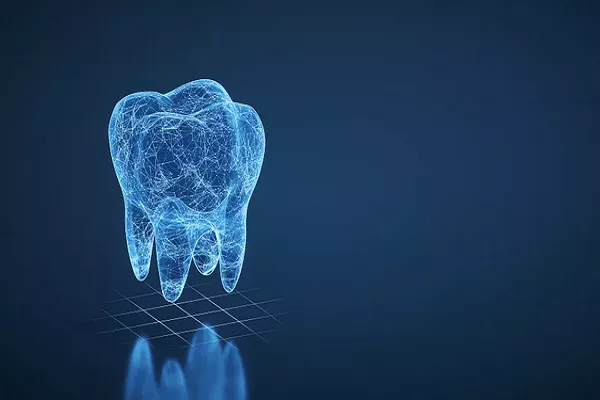Researchers have harnessed the power of antibody analysis from 800-year-old teeth to unveil a novel method for identifying pathogens that afflicted our predecessors. This breakthrough could potentially revolutionize our comprehension of the evolution of human antibodies, the natural defensive proteins produced by our bodies.
Led by scientists from the University of Nottingham and University College London (UCL) in the UK, the study employed a technique called affinity purification to discern molecules based on their binding interactions with other molecules. Such binding interactions are pivotal in the functioning of the human immune system and can retrospectively unveil information about antibodies and the pathogens they targeted.
The team focused on intact antibodies extracted from teeth discovered in an English burial site dating between 1285 and 1470 CE. By deciphering the protein sequences of these antibodies and gauging their reactivity against potential antigens, the researchers discovered that the antibodies retained a substantial portion of their original structure and remained biologically active. This allowed them to evaluate the antibodies’ response to contemporary viruses.
The process involved chemical methods to extract antibodies from the teeth, paving the way for future advancements in this approach. Anisur Rahman, a rheumatologist at UCL, highlighted that antibodies extracted from medieval teeth were proficient in recognizing the Epstein-Barr virus, which triggers glandular fever. Rahman also suggested the possibility of investigating how antibodies from ancient samples responded to diseases that prevailed during those eras, such as the Black Death.
Although the study encompassed only three teeth, it showcased the feasibility of this analysis method and its potential for expansion in the future. This innovative field, referred to as paleoproteomics, leverages advanced chemical analyses to identify proteins in ancient remains, which are often more robust than recovered DNA fragments.
This breakthrough could enable scientists to delve even further into our immunological past. The researchers also examined a mammoth bone dating back approximately 37,000 years, demonstrating that similar techniques could be utilized to extract and decipher proteins from significantly older samples.
With this pivotal precedent established, researchers anticipate conducting further investigations to unveil the precise insights these extracted proteins can offer. This includes unraveling the evolution of diseases and the corresponding adaptations of the human body in combating them.
Reflecting on the significance of the findings, Robert Layfield, a biochemist from the University of Nottingham, remarked, “In discovery science, we come to expect the unexpected, but the realization that intact, functional antibodies can be purified from skeletal remains in the archaeological record was quite astonishing.” This breakthrough opens new doors for unraveling the ancient mysteries of human health and immunity.




























